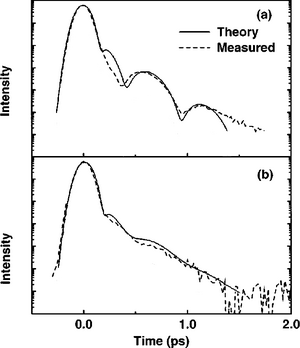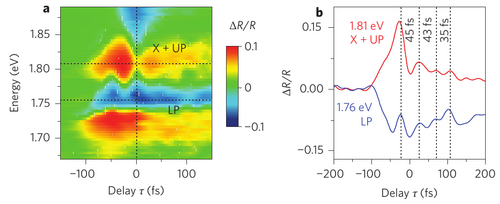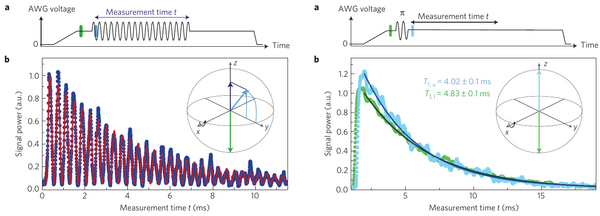Rabi oscillations are a pillar of light-matter interactions. They describe the continuous flow, back and forth, between an emitter and the field in which it radiates and/or, for that matter, from which it gets excited.
It is such a fundamental concept, however, that it got generalized way beyond that, to describe the general oscillatory dynamics that occurs between two modes that are linearly coupled. Even in a definition restricted to quantum optics, it strayed considerably from its initial field of application in nuclear magnetic resonance where it was used to measure the sign of the magnetic moments of atoms' nuclei. The technique was developed by Rabi (hence the name) who solved the dynamics in a 1937 paper [1] which is a sore text for the modern reader, accustomed to the Rabi oscillations as the simple manifestation of straightforward quantum mechanics, instead of complex 3D geometrical arrangements of precessing fields. To put everybody down from the start, it even appears that Rabi wanted to be as confusing as possible by throwing a dizzying typo at the face of posterity:
 ...
...In Rabi's case, the oscillating field (it was magnetic, acting on a spin) was also classical. He went on to win the 1944 Nobel Prize for that technique. In optics, the most direct counterpart is the driving by a classical oscillating field (modelling a laser) of a two-level system (modelling an optical transition). In this case, one finds that the probability to excite the atom, initially in its ground state, oscillates periodically as a sine squared with a frequency (the Rabi frequency) and amplitude that depend on the detuning between the field and the emitter.
Now you can quantize the light field, and go to the regime of few excitations. With no excitation, nothing much happens, the system remains in its (quantum) vacuum. With one excitation, a paradigm of Rabi oscillations is set in motion, the (somewhat inappropriately named) vacuum Rabi oscillation. The physical picture of this phenomenon is transparent: the excited atom, at $t=0$, releases its excitation by spontaneous emission. Now this excitation is in the light-field. Usually, it would fly away to infinity and be gone forever. The fact that you have a single mode in the first place certainly corresponds to an altogether situation, where someone has isolated this mode from the rest of its continuum by putting it in a box. So the excitation is actually trapped in the cavity (the box is indeed typically a pair of mirrors facing each-others, together bearing this name)
Whimsically, he defines the thesis $|x)$ and parent $(y|$ vectors:
In 1992, Claude Weisbuch, then in Tokyo, visiting the group of Arakawa, opened a new chapter of semiconductor optics when he reported normal-mode splitting in a quantum well microcavity[2].

SPP

Rabi oscillations between excitons and surface plasmon polar SPPs in a J-aggregate/metal hybrid nano- structure in real time. We find that the period of these oscillations (and thus the optical nonlinearity of this hybrid nanostructure) is parametrically modulated on an ultrafast 10 fs timescale by the
X-SPP polaritons
nonlinear regime, with bleaching of coupling strength by exciton state filling, time-dependent frequency of oscillations, beating out-of-phase of the LP and UP.
a large number of excitons are coupled to a quasi-continuum of SPP modes
period 30fs pump-probe
nanomechanical
Faust et al.[3] measured strong-coupling between so-called flexural modes of a nanostring, coupled by dielectric gradient fields.
Below, left, are shown such Rabi oscillations as "measured with a spectrum analyzer". Here two, .. The authors speak of a classical two-level system, although each modesis occupied by "billions of phonons".

They can demonstrate coherent control with of the effective two-level system by driving it with radiofrequency signals.
References
- ↑ Space Quantization in a Gyrating Magnetic Field. I. I. Rabi in Phys. Rev. 51:652 (1937).
- ↑ Observation of the coupled exciton-photon mode splitting in a semiconductor quantum microcavity. C. Weisbuch, M. Nishioka, A. Ishikawa and Y. Arakawa in Phys. Rev. Lett. 69:3314 (1992).
- ↑ Coherent control of a classical nanomechanical two-level system. T. Faust, J. Rieger, M. J. Seitner, J. P. Kotthaus and E. M. Weig in Nature Phys. 9:485 (2013).